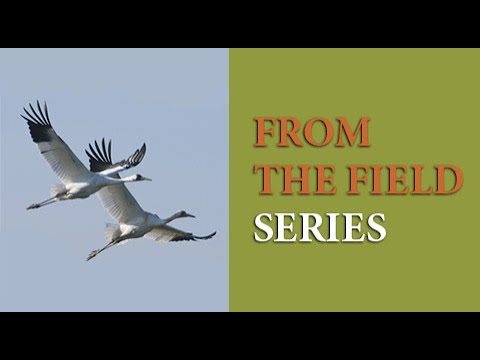– The decline and recovery of the Gulf Coast whooping cranes: an ongoing conservation effort
– Habitat loss and conservation strategies for whooping cranes
– The role of zoos and wildlife organizations in whooping crane conservation
– The importance of public education and involvement in wildlife conservation efforts
– Future challenges and prospects for the Gulf Coast whooping crane population
Gulf Coast whooping cranes represent one of the most compelling wildlife conservation stories in progress. Once teetering on the brink of extinction, these majestic birds have seen their populations gradually recover, thanks to concerted conservation efforts. Yet, their story is incomplete, as continued threats and challenges necessitate ongoing work to secure their future.
The conservation history of Gulf Coast whooping cranes is a testament to what can be achieved with dedicated effort. In the 1940s, the population dwindled to 21 individuals due to habitat destruction and unregulated hunting. Recognizing the dire situation, conservationists, government agencies, and the public rallied to protect these birds, steadily increasing their numbers.
Habitat loss remains a significant threat to Gulf Coast whooping cranes. These birds require specific nesting, feeding, and migration conditions, relying heavily on marshes, shallow lakes, and coastal prairies along the Gulf Coast. Urban expansion, agricultural development, and water diversion for human use have significantly eroded these habitats. Conservation strategies have thus focused on protecting and restoring these critical areas, including establishing national wildlife refuges and partnerships with private landowners to protect whooping crane territories.
Zoos and wildlife organizations are crucial in conserving Gulf Coast whooping cranes. Captive breeding programs, spearheaded by institutions like the International Crane Foundation, have bolstered the wild population. These programs not only produce individuals for reintroduction into the wild but also serve as an invaluable tool for research, providing insights into crane behavior, genetics, and health that can inform conservation strategies. Moreover, zoos and conservation organizations act as hubs for public education, raising awareness about the plight of whooping cranes and the importance of conservation efforts.
Public education and involvement are critical components of successful wildlife conservation. Informing people about the Gulf Coast whooping cranes’ situation fosters a connection between the public and these iconic birds, encouraging positive attitudes towards conservation and wildlife protection. Educational programs, volunteer opportunities, and community engagement initiatives empower individuals to contribute to conservation efforts, from participating in habitat restoration projects to advocating for protective legislation.
Looking ahead, the Gulf Coast whooping crane population faces several challenges. Climate change poses a new and formidable threat, with rising sea levels and increased frequency of extreme weather events threatening coastal habitats. Additionally, the genetic diversity of the whooping crane population remains a concern, as the relatively small number of individuals limits the gene pool, potentially making the birds more susceptible to disease and reducing their overall resilience.
Despite these obstacles, the future holds promise for the Gulf Coast whooping cranes. Ongoing research and monitoring efforts continue to provide critical data to refine conservation strategies. Technological advances, such as satellite tracking and genetic analysis, offer new tools to enhance our understanding and protection of these birds. Furthermore, growing public interest and support for conservation initiatives provide a strong foundation for the continued recovery of the Gulf Coast whooping crane population.
The conservation story of the Gulf Coast whooping cranes is an unfolding saga of challenge, determination, and hope. Through the tireless efforts of conservationists, the commitment of governmental and non-governmental organizations, and the support of the public, these iconic birds have been brought back from the edge of extinction. As this journey continues, it serves as a powerful reminder of the impact of human action on the natural world and the enduring importance of conservation efforts. The preservation of Gulf Coast whooping cranes remains a priority, as their story inspires and educates, urging us to keep writing the next chapters in the conservation narrative.
*****
Source Description
Carter Crouch, Ph.D., the Director of Gulf Coast Programs, will share updates on Whooping Cranes along the Gulf Coast and the International Crane Foundation’s work in Texas and Louisiana to protect this endangered species.
Sponsored by Taddy McAllister.

